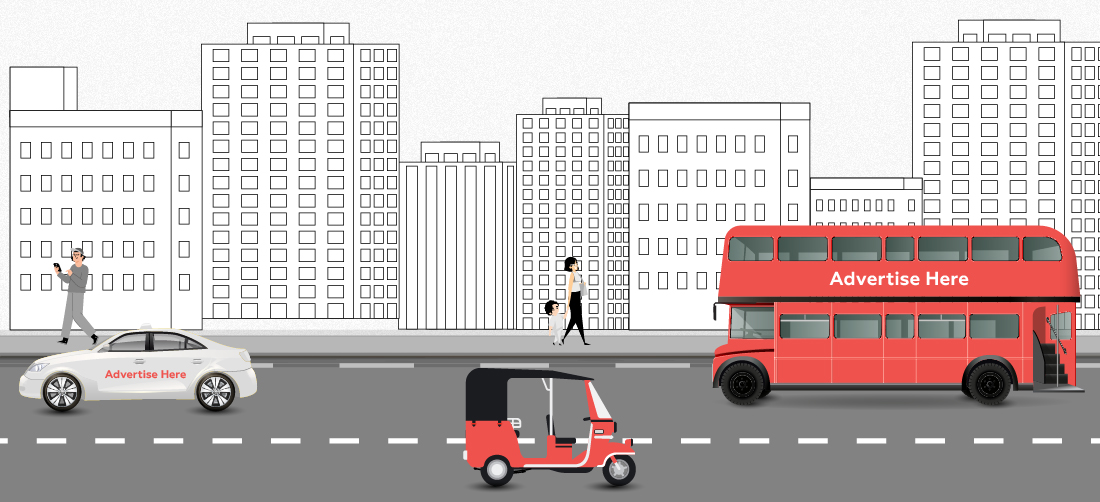Table Of Content
- 1. Understanding the Different Types of Transit Advertising
- 2. How to Choose the Right Transit Advertising Format for Your Brand
- 3. Factors Affecting Transit Advertising Costs
- 4. The Benefits of Transit Advertising for Brand Visibility
- 5. Targeting the Right Audience with Transit Advertising
- 6. Cost vs. Impact: Is Transit Advertising Worth the Investment?
- 7. Creative Strategies for Successful Transit Ads
- 8. Measuring the Effectiveness of Your Transit Advertising Campaign
- 9. Conclusion
Transiting advertisement is the ideal approach that brands opt for when they have to raise visibility and connect with a multivarious population. The moment spent on public transport is at an all-time high, thus providing an opportunity to reach the consumers through bus, train, and subway station advertisements. So, how does one choose the right transit advertising format for his brand? Whether you need to reach commuters sardined into busy city centers or some other specified demographics, the range of choices and associated costs make all the difference. Read on to explore everything you must know to get it right to do well for your brand.
Understanding the Different Types of Transit Advertising
Transit advertising offers a variety of formats to suit diverse marketing needs. Bus ads (exterior and interior) are mobile and can reach commuters across various locations. Subway ads and train ads target urban and suburban travelers in high-traffic areas, offering consistent exposure. Transit shelter ads are stationary but highly visible, placed in bus or train stations. Each format offers unique advantages depending on your goals, whether you’re seeking mobility, constant engagement, or localized targeting. Choose based on the nature of your audience and the geographical area you wish to focus on for maximum impact.
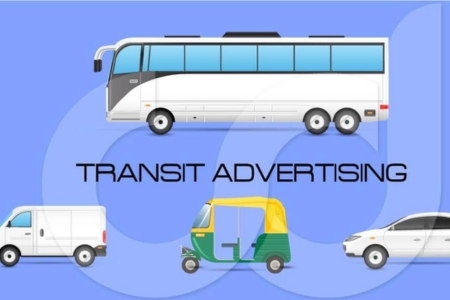
How to Choose the Right Transit Advertising Format for Your Brand
Selecting the right transit advertising format requires a strategic approach. Start by defining your target audience is it urban commuters, tourists, or specific neighborhood locals? Consider your budget, as certain formats, like exterior bus ads or subway station placements, can be pricier. Location plays a pivotal role too; high-traffic areas may justify a larger spend due to better visibility. Additionally, assess the campaign duration. Short-term goals might favor mobile ads (like buses), while long-term campaigns could benefit from more permanent placements like transit shelters. Align your choice with your brand’s goals for maximum impact.
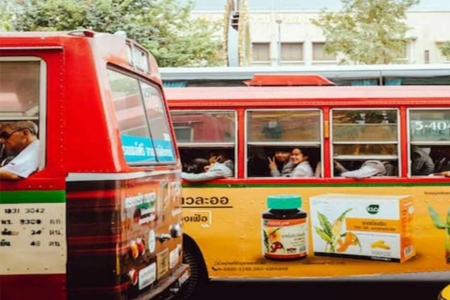
Factors Affecting Transit Advertising Costs
The cost of transit advertising is influenced by several key factors. Format is the first consideration exterior bus ads and large-scale station displays are more expensive due to their visibility. Location matters greatly; high-traffic zones like city centers or popular tourist areas demand a premium. Campaign duration also affects pricing; longer-term ads usually come with discounts, while short-term bursts may be pricier. Seasonal demand can also influence cost, with peak periods like holidays seeing a rise in rates. By factoring in these variables, brands can optimize their ad spend for greater visibility within their budget constraints.
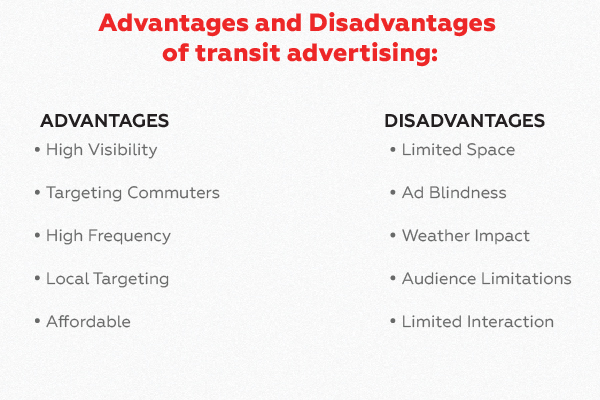
The Benefits of Transit Advertising for Brand Visibility
Transit advertising is an excellent means of enhancing brand awareness through reaching diverse, mobile audiences. Ads on buses, subways, and train stations travel through places with high foot traffic, so your message can't be missed. It's perfect for brand recognition because commuters and tourists will be exposed to the same message every day, thus making them familiar with the brand. It also enables companies to reach local and regional markets, thus increasing visibility in specific regions. With transit advertising, a brand can reach a larger population across different demographics by strategically placing advertisements in transit stations, thereby increasing overall impact and making it more memorable.
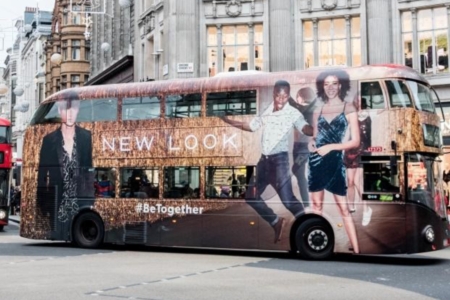
Targeting the Right Audience with Transit Advertising
With transit advertising, there is ideal outreach to a wide range of consumers. Commuters on public transportation daily will be the first targets for brand awareness. Ads on buses and trains can further be personalized to target certain populations, like younger city dwellers or professionals commuting to business districts. Tourists are a significant population reached through ads in tourist-heavy areas, such as subway stations and transit shelters. Neighborhood targeting is easier with placing ads in places relevant to your market. Transit advertising reaches a diverse audience through different formats and ensures precise engagement with your ideal consumer.
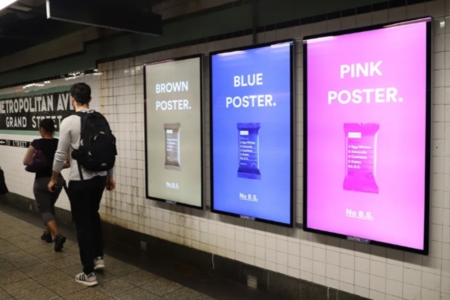
Cost vs. Impact: Is Transit Advertising Worth the Investment?
High impact, with extensive exposure to daily commuters and tourists, drives up recall for the brand. Upfront costs may be higher than digital or print ads, but ROI can be significant in terms of reach and diversity over time. Transit advertising outstrips many other forms of marketing because of its ability to capture attention in hubs as well as on the move. Furthermore, it results in more brand awareness as a result of repeated exposure. This makes it a good investment for brands looking for consistent high-visibility marketing with strong long-term benefits.

Creative Strategies for Successful Transit Ads
Designing impactful transit ads requires creativity and clarity. Keep it simple, clear messaging, large fonts, and a compelling call-to-action ensure that your ad is effective even in brief encounters. Use bold visuals or bright colors to stand out in busy transit environments. Brand consistency is essential, so make sure your ad looks like it is part of your brand and speaks to your target audience. Position your messaging in line with where your commuters are in their journey, from getting them to visit your website to acting immediately. A well-executed creative strategy will boost the chances of your ad making a lasting impression.
Measuring the Effectiveness of Your Transit Advertising Campaign
Evaluating the success of your transit advertising campaign requires a combination of metrics and feedback. Sales data and website traffic spikes during the campaign period can indicate a direct impact. Conduct consumer surveys or use QR codes in ads to track engagement and response rates. Additionally, leveraging digital analytics can help you measure the exposure of mobile formats like bus ads. Tracking brand recall through follow-up surveys ensures your message resonates. By monitoring these factors, you can determine whether the campaign is meeting its objectives and make adjustments for future success.

Conclusion
In conclusion, in-transit advertising is a fast-paced and efficient way to help raise the visual presence of your brand and connect with different, moving audiences. By partnering with an experienced advertising agency and choosing the suitable format—such as bus advertisements, subway placements, or transit shelters—you can selectively target your audience, from travelers to tourists, while staying within budget and campaign boundaries. With widespread impact, nothing beats the display of transit ads for building brand consciousness and leaving a long-term impression. When executed effectively, with the guidance of a professional advertising agency, it can deliver fantastic returns on investment and foster lasting consumer relationships. Harness this high-impact marketing medium to amplify your brand's visibility in the places where it matters the most.


